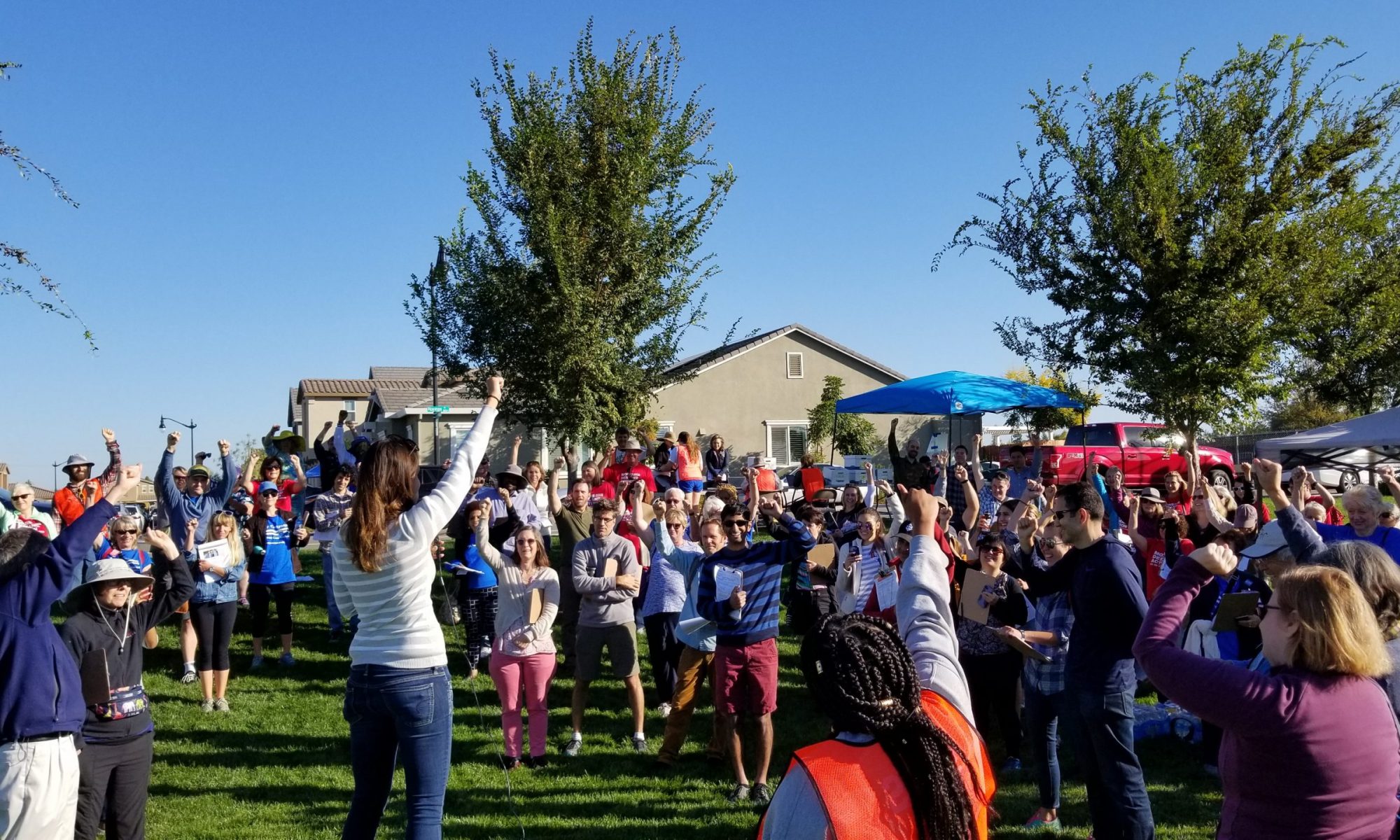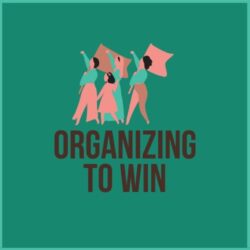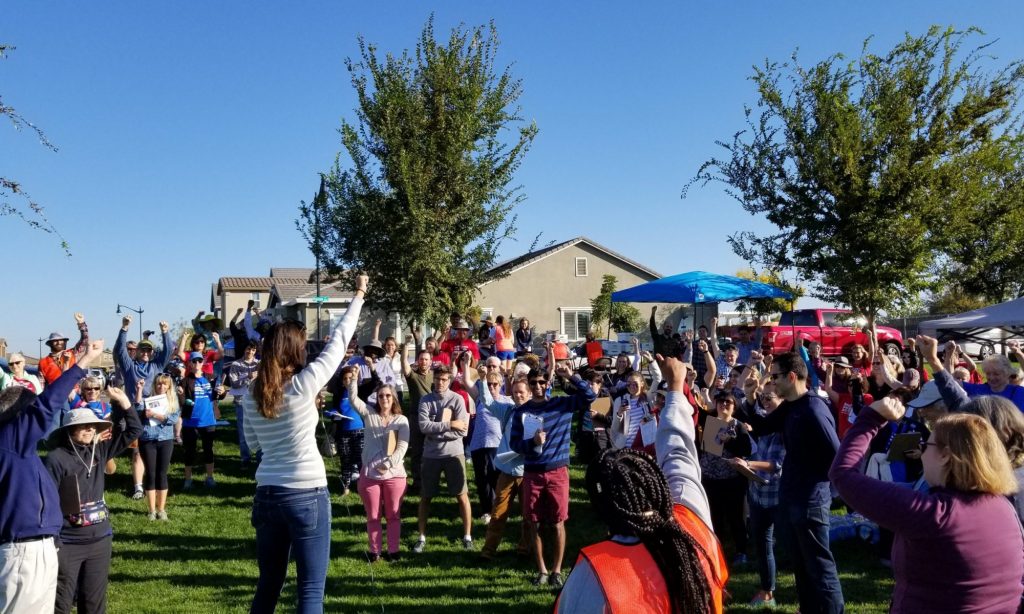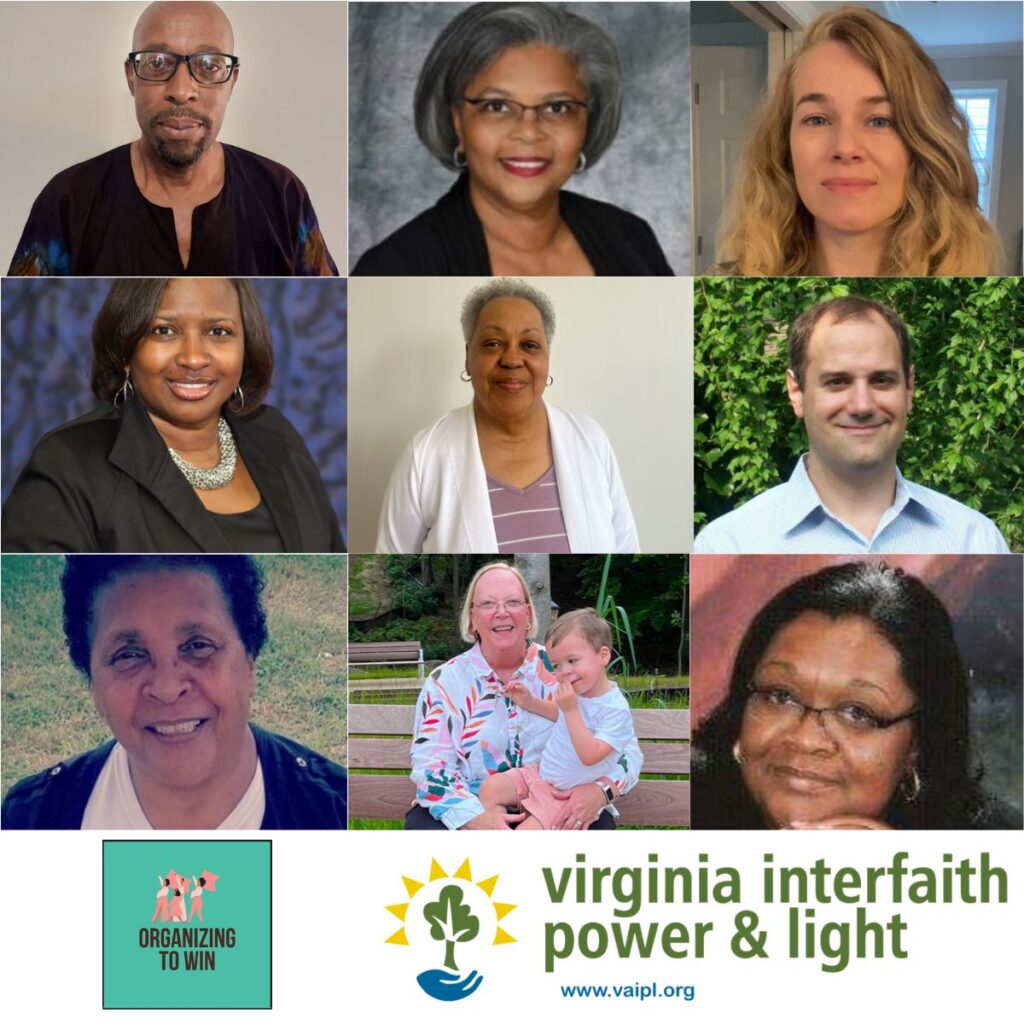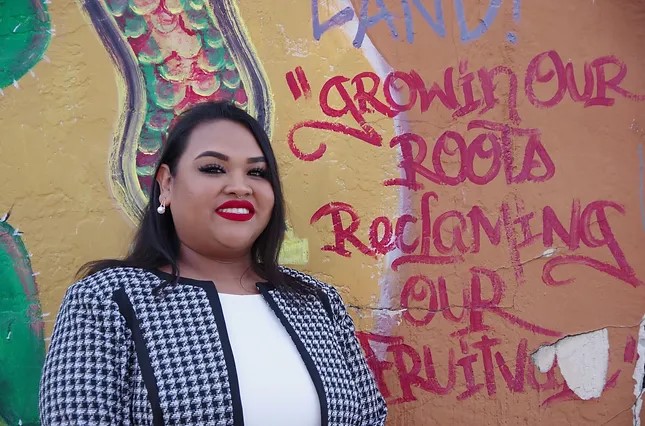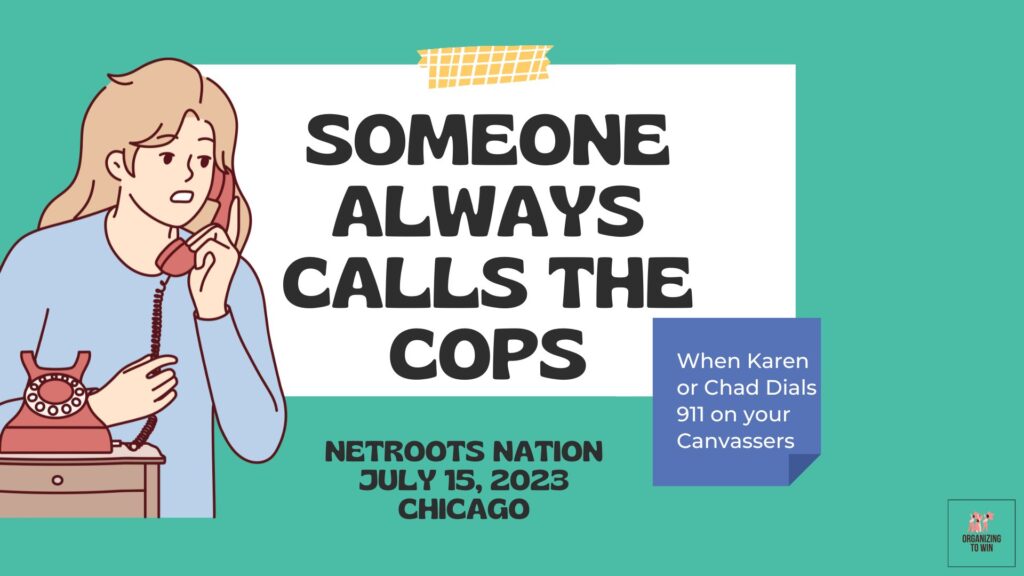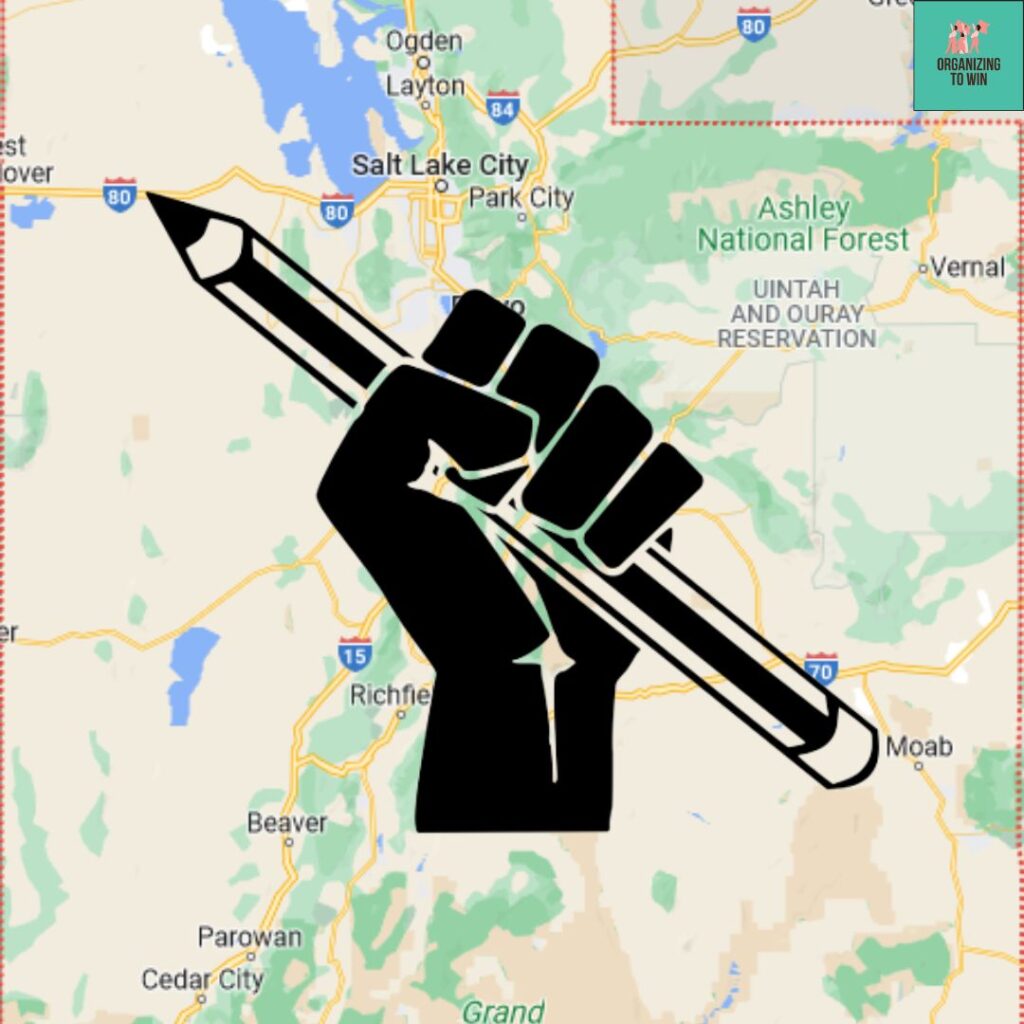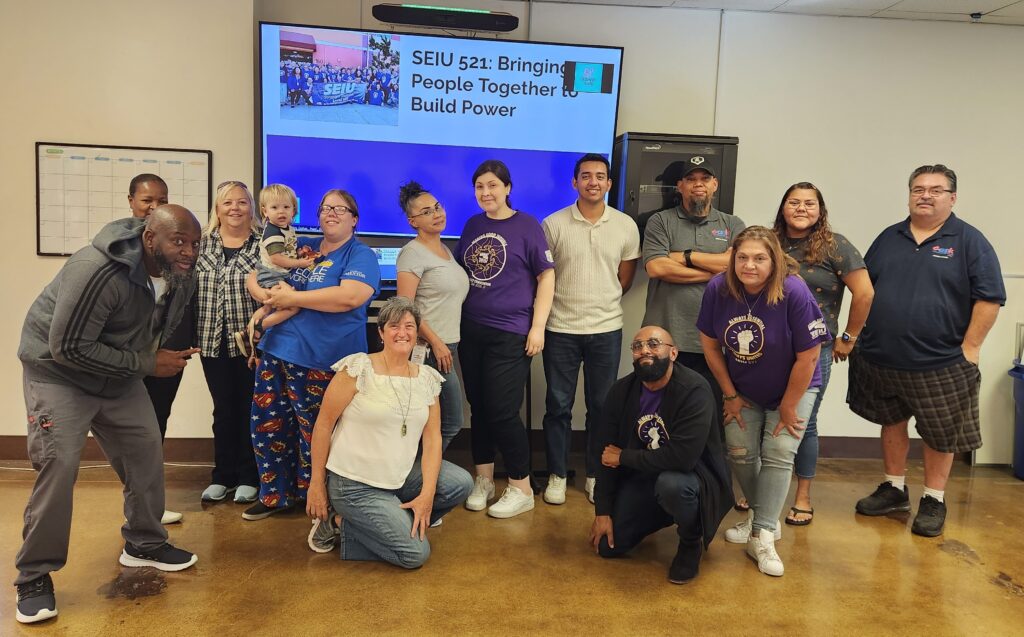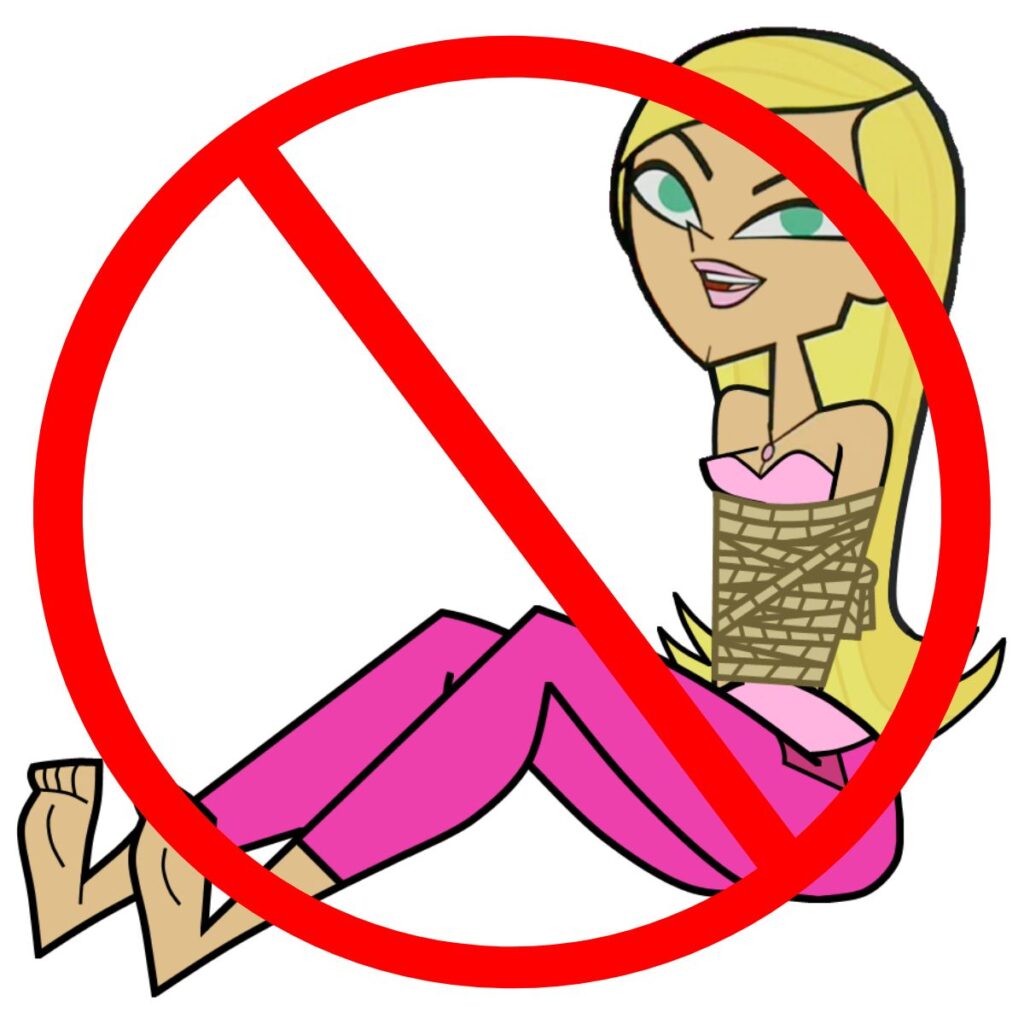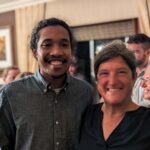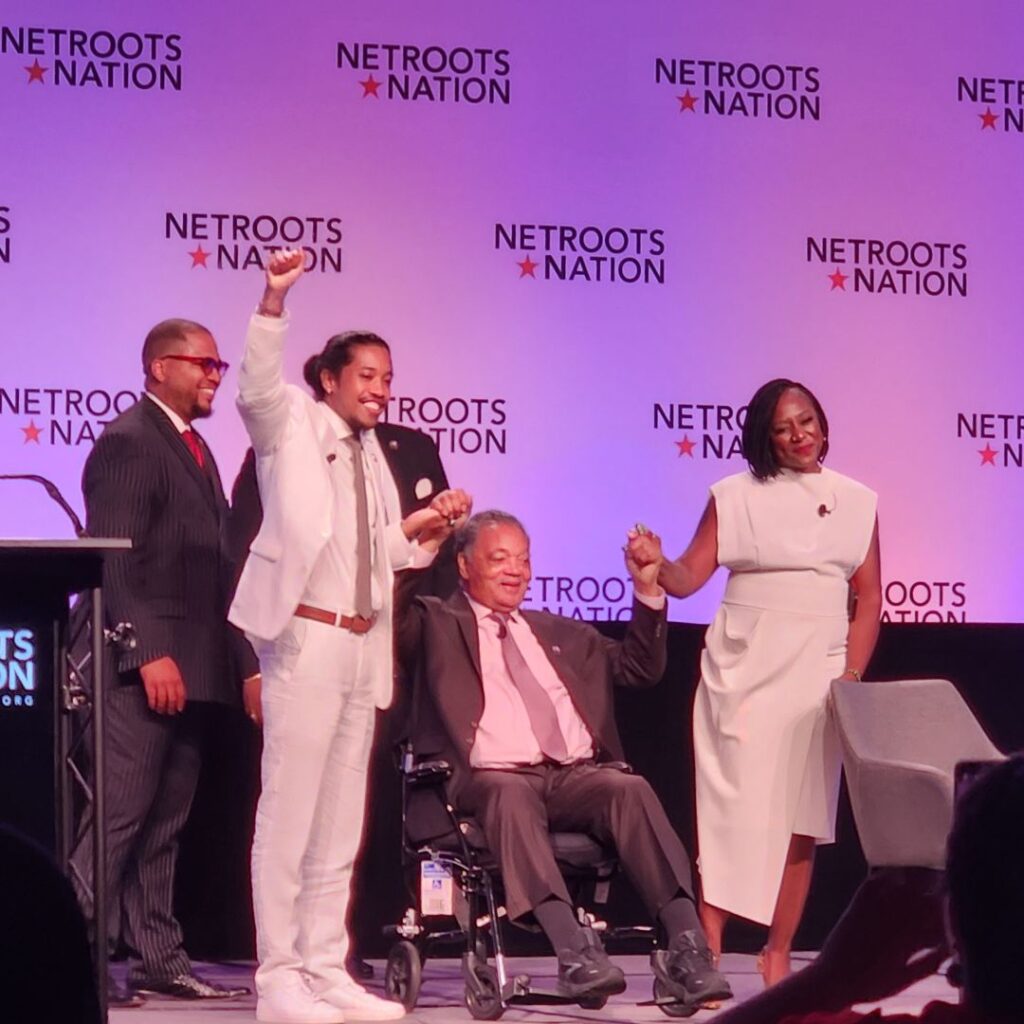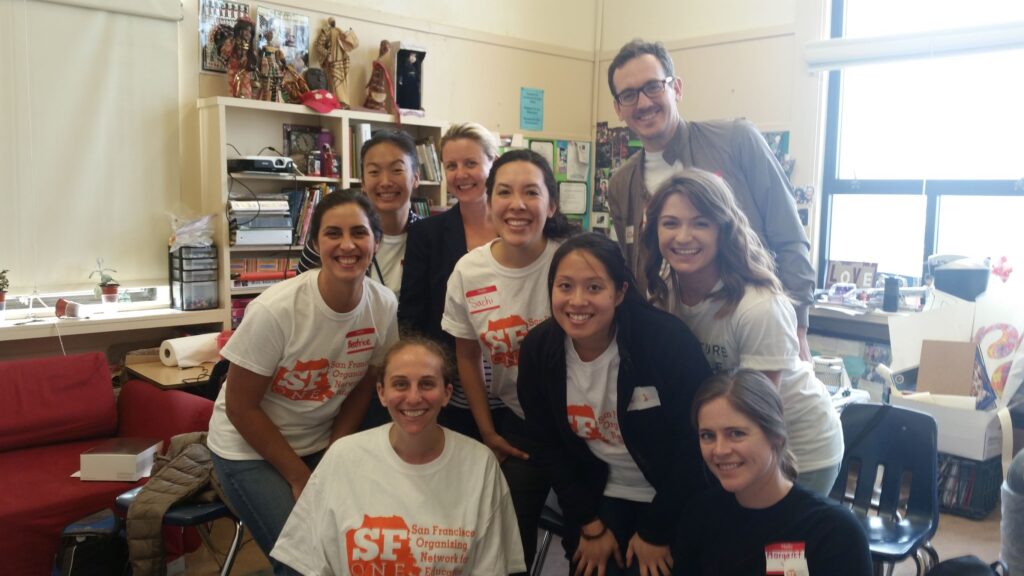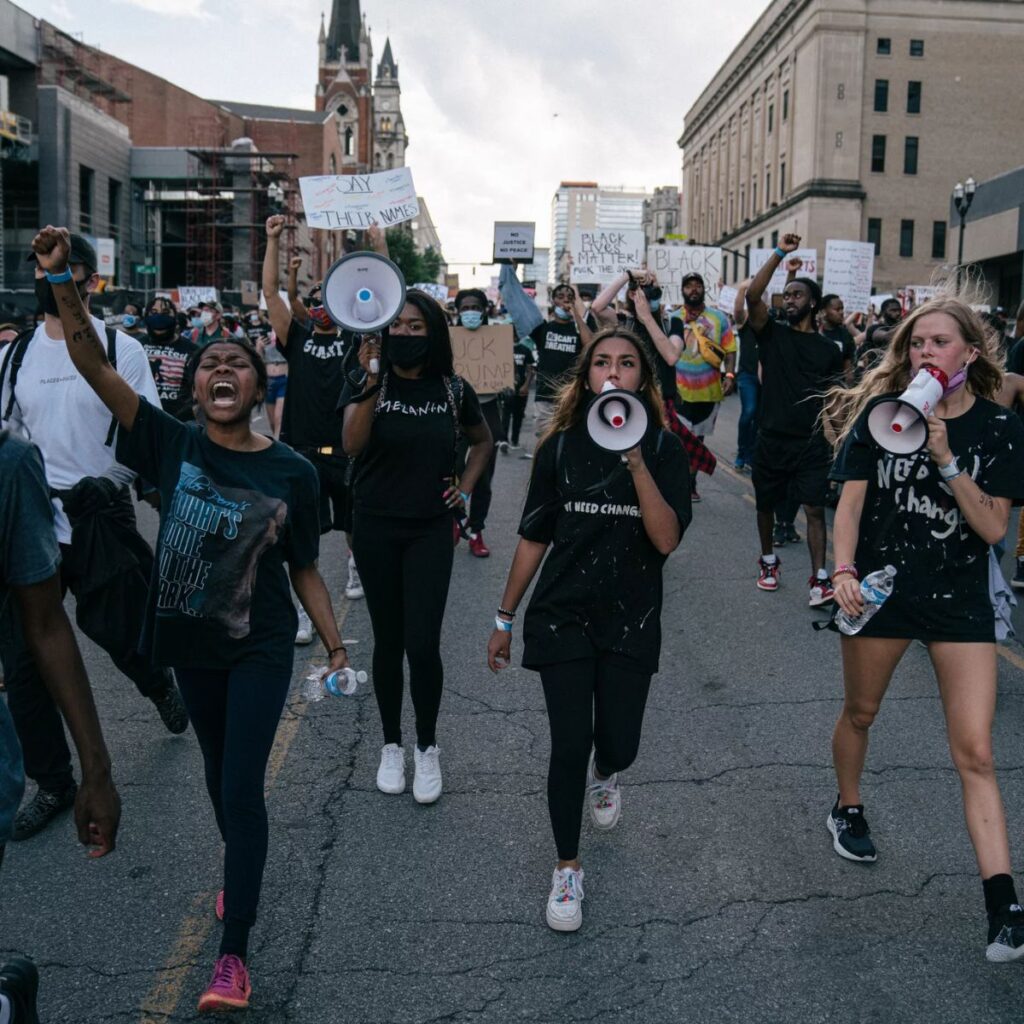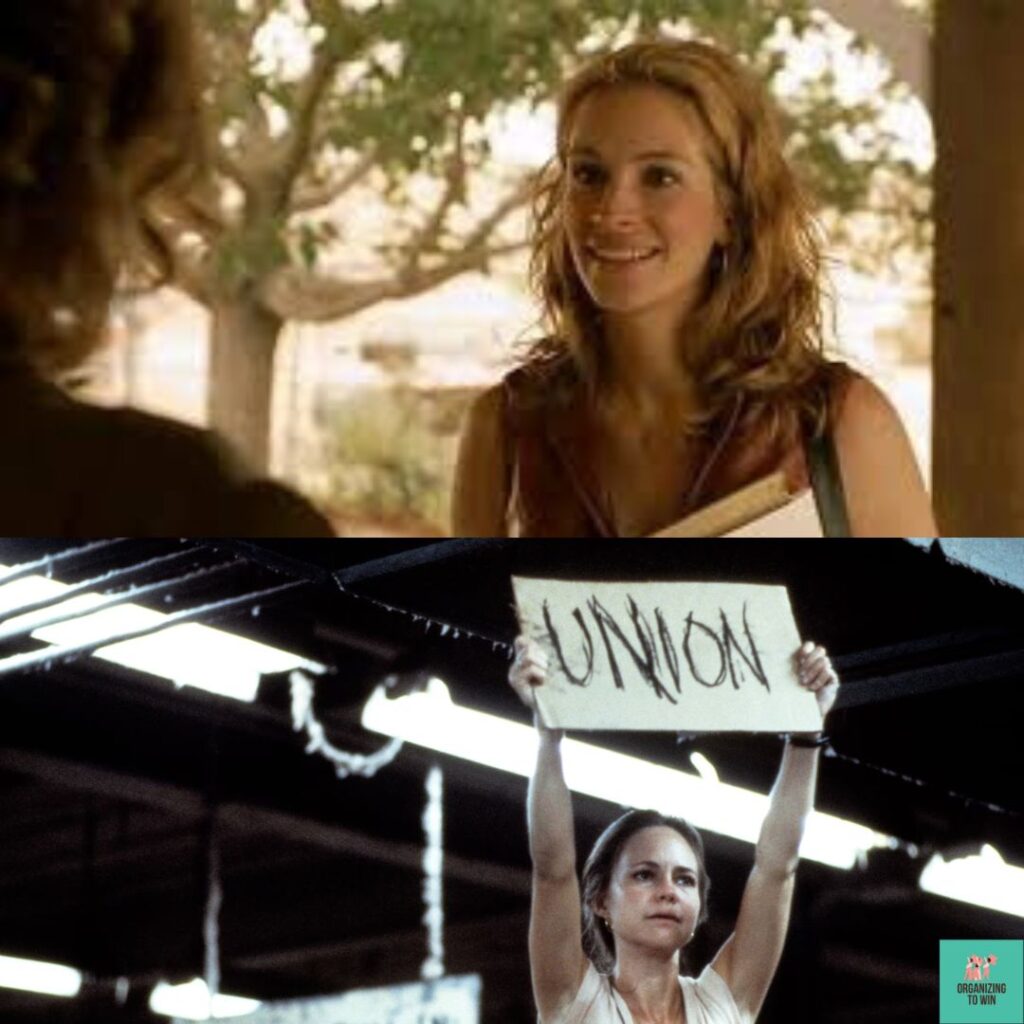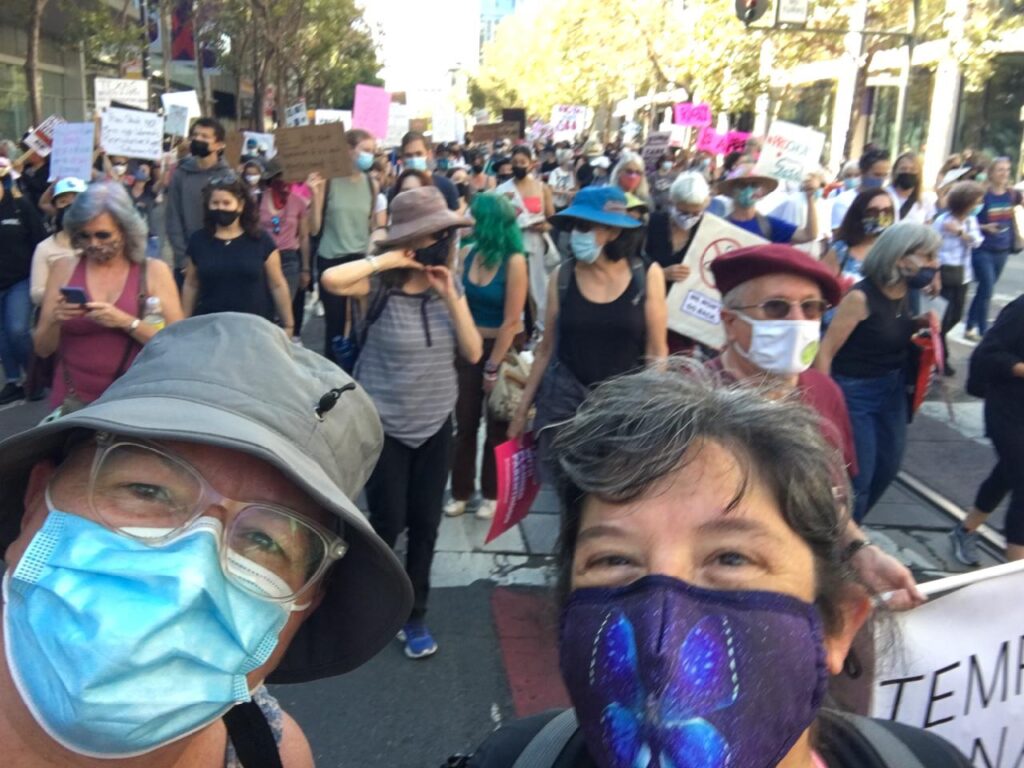
If you’ve ever organized or participated in a rapid response action, you’ll know what I’m talking about.
TL;DR
Skip to the bottom for five tips on turning mobilizing into organizing.
Responding to a Crisis
We’ve all thrown bodies at a problem because it was a crisis.
- The legislature was about to kill our most important bill.
- Our favorite candidate was about to lose.
- That giant corporation was about to get its climate-killing wish.
- Anti-abortion zealots threatened the only abortion care provider in town.
- The police killed another unarmed person.
- A resident shot another teenager for breathing while Black.
- An employer fired yet another worker for organizing a union
Not to mention daily gun violence.
A crisis means we drop everything to mobilize.
We can’t ignore a crisis, even if we don’t have our organizing house in perfect order.
But we can do more than mobilize. Who said never let a good crisis go to waste?
Organizing is bringing people together to build power.
That power grows from relationships. So, use the opportunity of that rapid response to build and strengthen relationships.
Here are five suggestions for turning a mobilization moment into an organizing moment.
- One-on-ones. Ask each organizer to identify five people who came out to the protest, picket or canvas to invite to a one-on-one meeting.
- After-action debrief. Plan an evaluation meeting for immediately afterwards. Activists and leaders should know the debrief date at the same time they know the action date.
- Keep track of who brings someone else to the action. They might be your newest leader.
- Review social media posts, reactions and comments for potential one-on-one prospects. Same with sign-in sheets.
Here’s where it gets tricky. . .
Number 5 will be controversial –
Prioritize. Ask yourself if this action is strategic for the organization at this time. We’re so accustomed to jumping into action that sometimes it becomes automatic. If the action doesn’t help grow the organization’s power, you might not want to do it.
How do you turn mobilizing into organizing? Reply here or in the Comments on my LinkedIn post on this topic.
